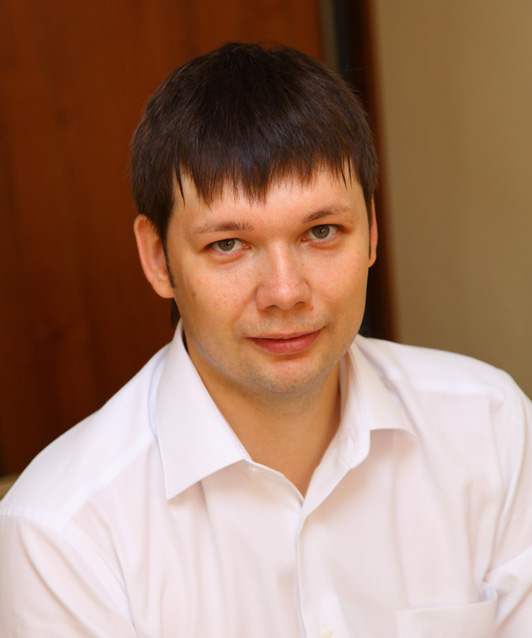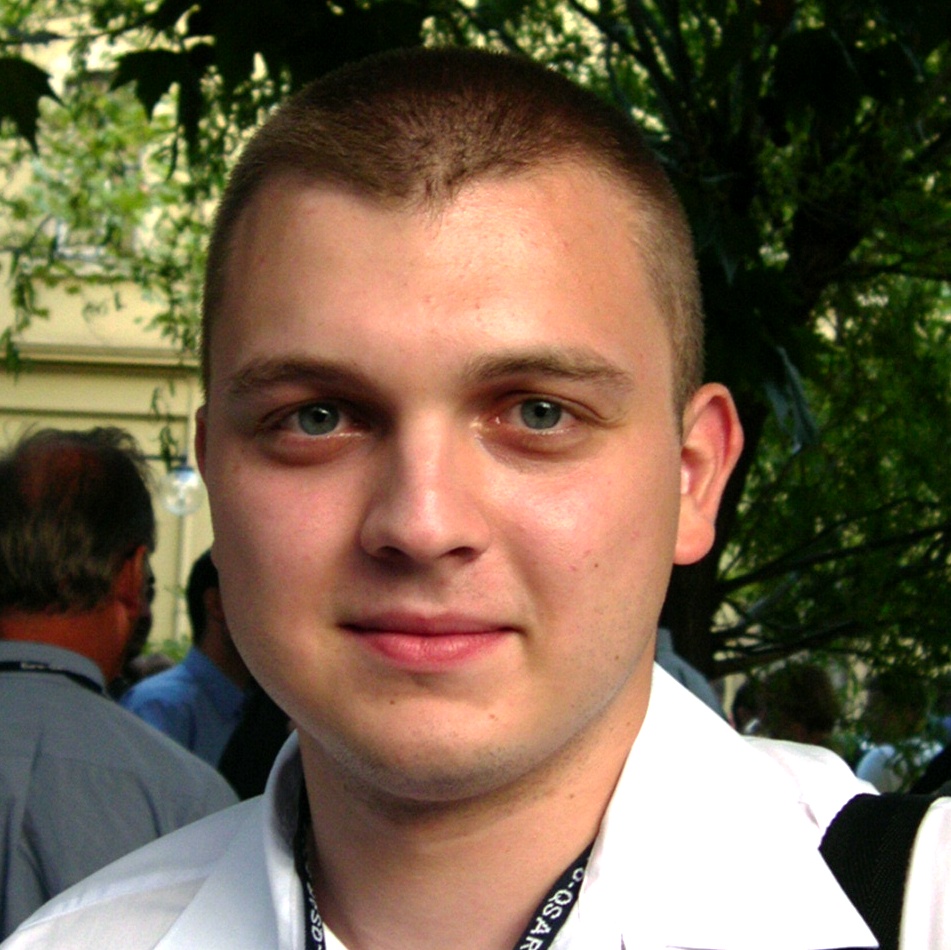
|
|
|
KDMC11 Knowledge Discovery and Management in Chemoinformatics |
|
IMPORTANT DATES for this Course
|
Instructors: |

Alexey Lagunin obtained a PhD in Biochemistry from the Institute of Biomedical Chemistry (IBMC) of Russian Academy of Medical Sciences in 2001 and currently holds the position of Leading Scientist in the Department for Bioinformatics of IBMC. His studies are focused on chemoinformatics and computer-aided drug discovery. He is a co-author of computer programs PASS and PharmaExpert, which applications lead to discovery of new antihypertensive and anti-inflammatory compounds with dual mechanisms of action. He took part in several International research projects supported by INTAS, FP6, FP7, CRDF, and ISTC, and worked as a visiting scientist in Aristotelian University of Thessaloniki (Greece) and in Liverpool John Moores University (UK). Dr. Lagunin is a co-author of over 40 papers published in peer-reviewed journals. He took part in the Special Course "Bioinformatics and Computer-Aided Drug Discovery" for graduate students of Medical-Biological Faculty of Russian State Medical University. Current scientific interests: multitargeted drug design, in silico toxicology, drug-drug interactions, computer-aided evaluation of biological activity for natural compounds. He has taught here before, in the PGBIOINF MSc in Bioinformatics programme. |
| Affiliation: Institute of Biomedical Chemistry of Rus. Acad. Med. Sci., Moscow, Russia |

Alexey Zakharov obtained the PhD in Bioinformatics from the Institute of Biomedical Chemistry (IBMC) of Russian Academy of Medical Sciences in 2008 and currently holds the position of Senior Scientist in Department for Bioinformatics of IBMC. His studies are focused on computational drug discovery and cheminformatics. Dr. Zakharov is an expert in the field of quantitative structure-activity relationships (QSAR). He developed computer program GUSAR (General Unrestricted Structure-Activity Relationships), which can be applied to the analysis of many different QSAR/QSPR problems. He took part in three European projects funded by FP6, FP7 and ISTC. Dr. Zakharov is a co-author of over ten papers published in peer-reviewed journals. He took part in the Special Course "Bioinformatics and Computer-Aided Drug Discovery" for graduate students of Medical-Biological Faculty of Russian State Medical University. Since 2007 Alexey Zakharov, is a Secretary of the Russian Section of the "Cheminformatics and QSAR Society". In 2006, 2007 and 2008 he was awarded by the first prize for young scientists at the Symposia "Bioinformatics and Computer-Aided Drug Discovery" in the framework of Russian National Congresses "Man and Drugs". He has taught here before in the Pathway Analysis (PA10) course of GTPB. |
| Affiliation: Institute of Biomedical Chemistry of Rus. Acad. Med. Sci., Moscow, Russia |
Course description |
|
Topics: |
|
Target audience
Researchers working in life sciences, professionals in the pharmaceutical and biotech industries: organic, medicinal, pharmaceutical chemists, biochemists, molecular biologists, pharmacologists, toxicologists, and others. |
|
Detailed Program |
|
Instituto Gulbenkian de Ciência, Apartado 14, 2781-901 Oeiras, Portugal Last updated: June 26th 2011 |